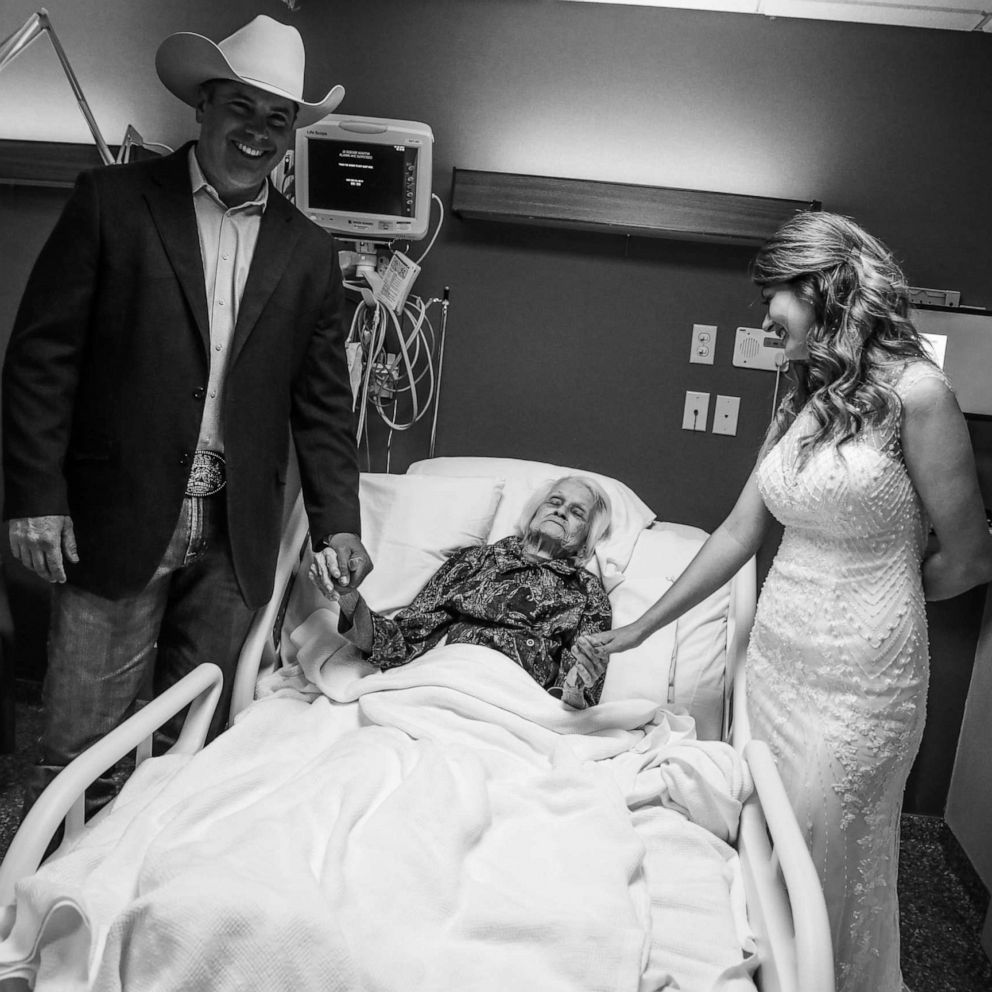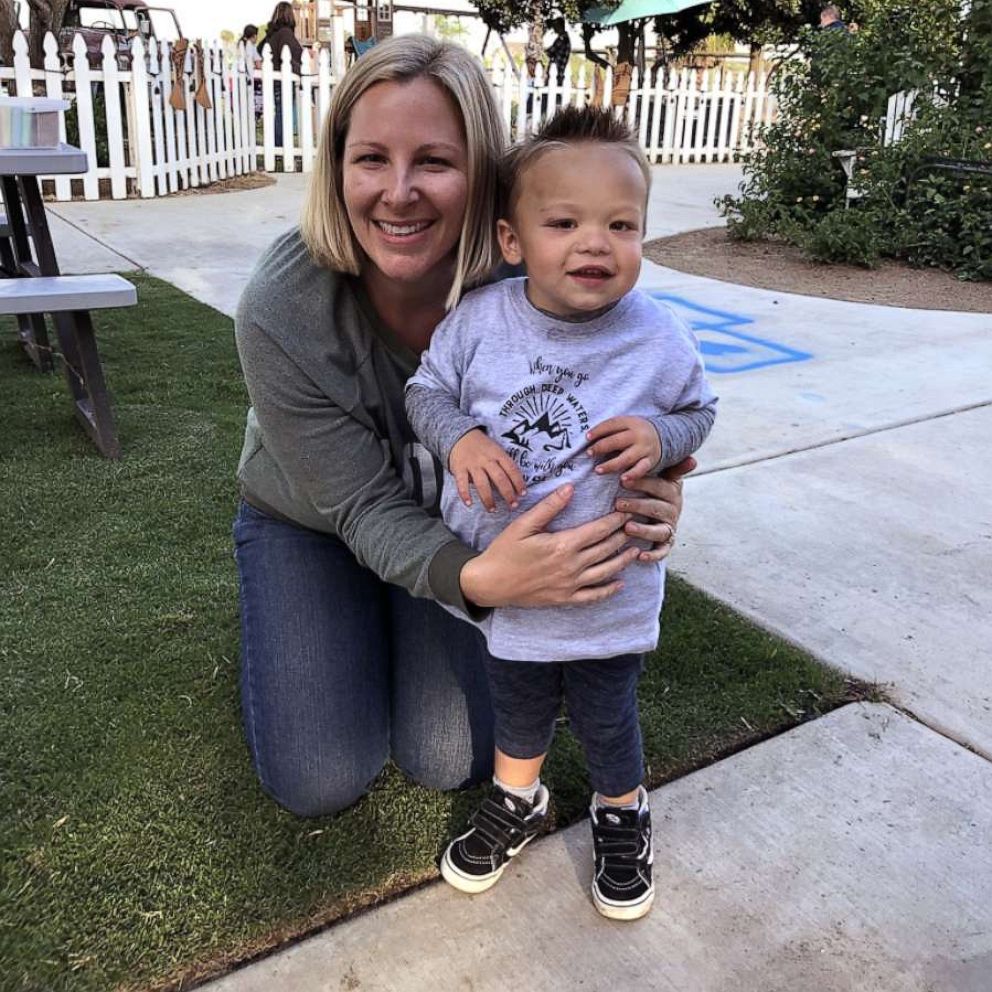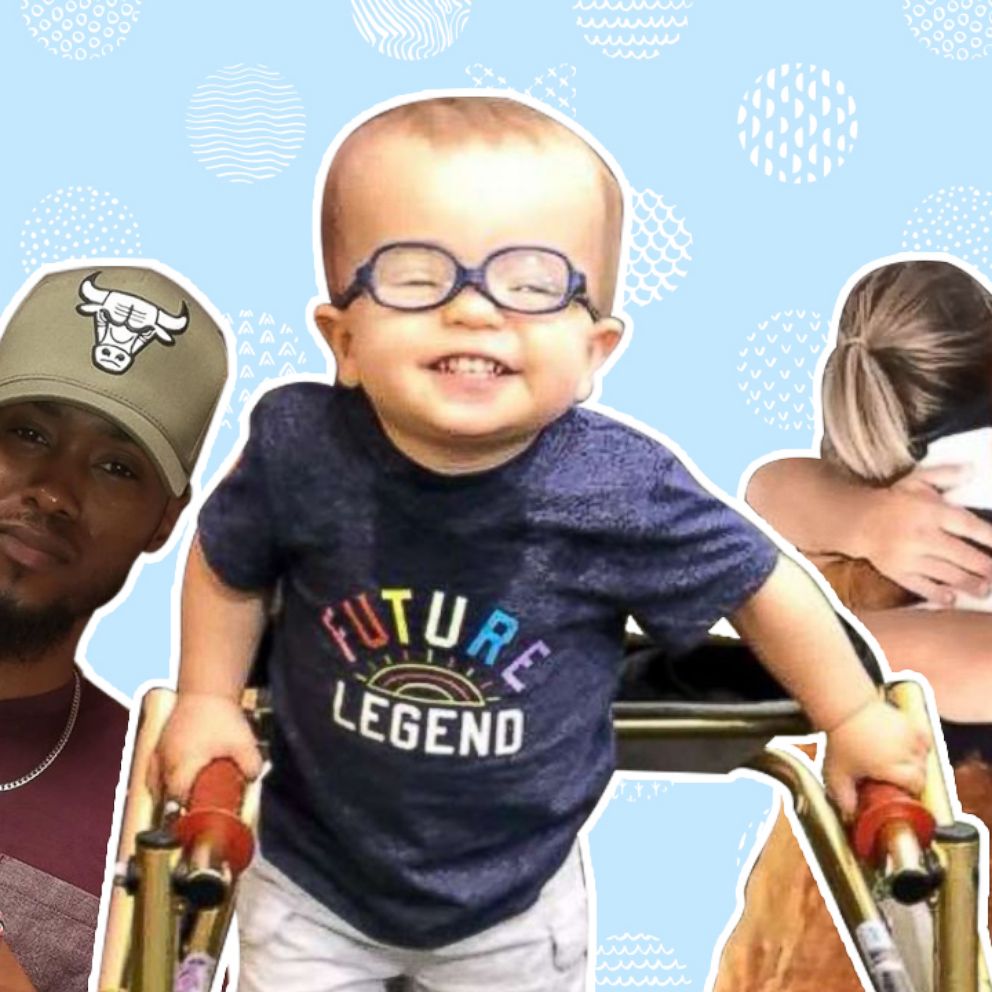1-year-old who had surgery inside womb to correct spina bifda now standing on 2 feet
A little boy who underwent spinal surgery while still in his mother's womb is now standing on his own two feet thanks to a groundbreaking operation.
One-year-old Charley Royer is like many toddlers full of giggles and energy to play. But two years ago, Lexi and Joshuwa Royer weren't sure what the future would hold for their son, after a routine ultrasound revealed devastating news for the couple when Lexi was pregnant.
"She [the doctor] was showing us the heart, the lungs, everything looked good," mom Lexi Royer of Alpine, California, told "Good Morning America. "And then the tone kind of changed."
The doctor spotted what turned out to be spina bifida -- a condition in which the neural tube fails to close all the way, often leading to damage of the spinal cord and nerves.
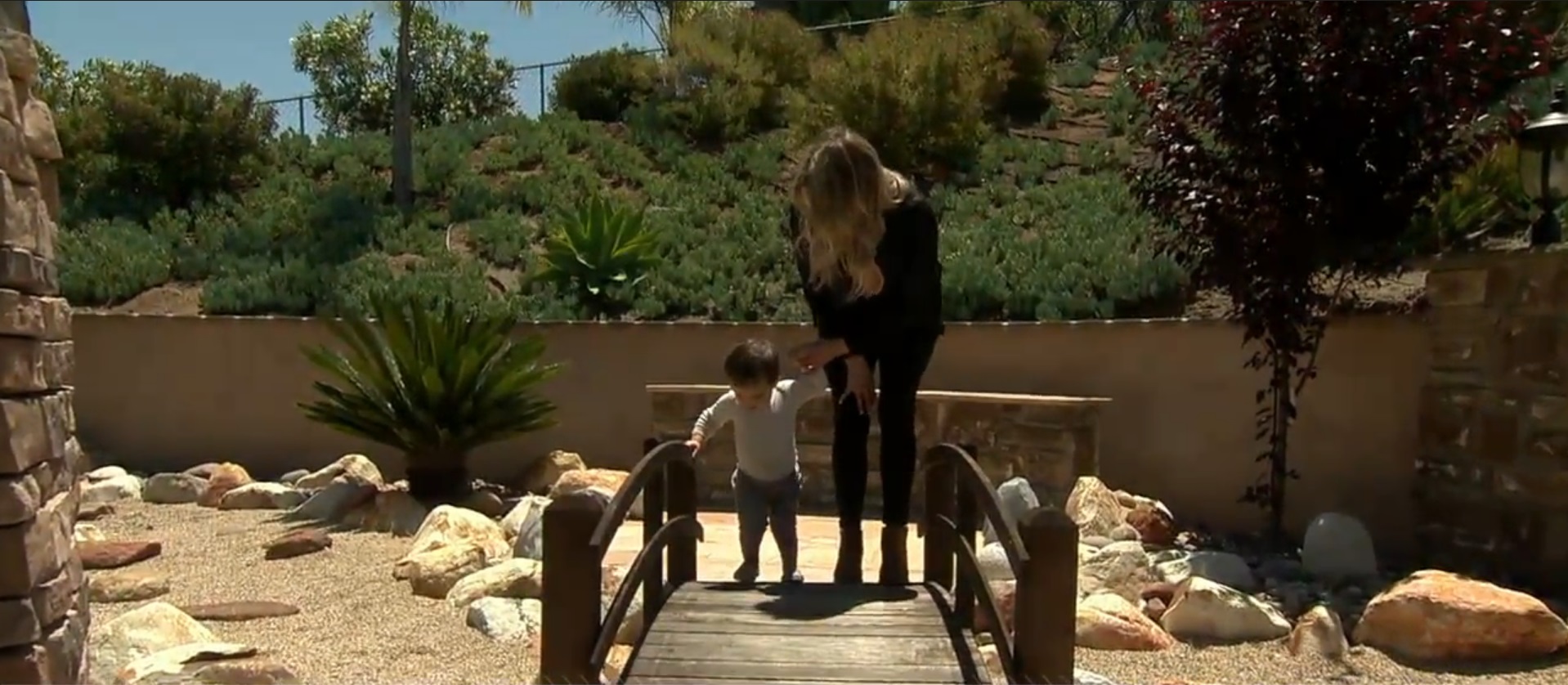
It affects between 1,500 and 2,000 babies born in the U.S. every year, according to Mayo Clinic. Complications of spina bifida can be mild to severe and could impact the ability to walk, bladder and bowel function as well as fluid buildup in the brain.
"They said most children born with a lesion that high and that severe are paralyzed from the waist down," Lexi Royer said.
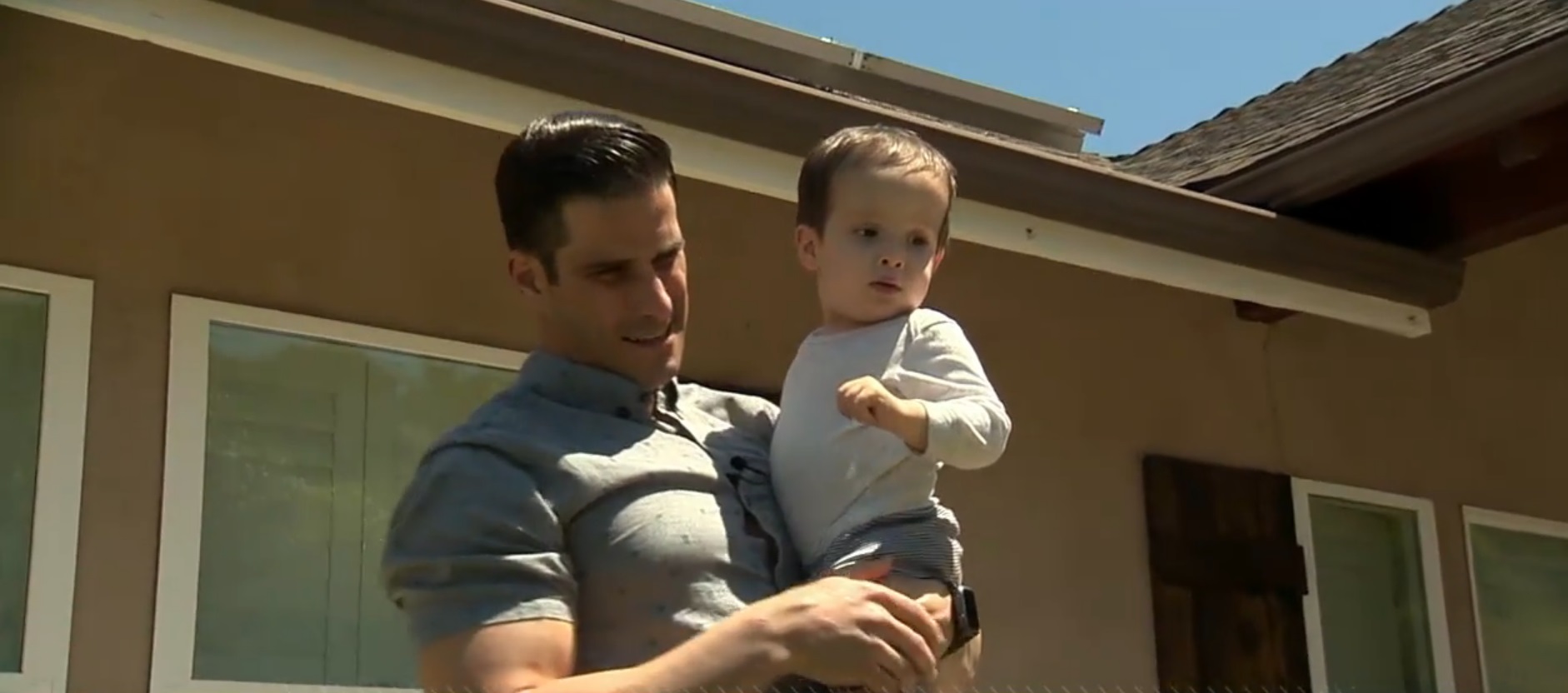
Through an online forum for parents of children spina bifida, the Royers learned about an experimental procedure at Texas Children's Hospital in Houston, called fetalscopic surgery -- a less invasive surgery to the more traditional surgery involving major incisions to a woman's abdomen and uterus.
"We make two very small slits in the wall of the uterus and we put in little ports and then through those ports we put some tiny instruments and do the surgery inside the uterus," said Dr. Michael A. Belfort, the the obstetrician and gynecologist in chief who developed fetoscopic surgery at Texas Children’s Hospital, along with Dr. William Whitehead, a pediatric neurosurgeon.
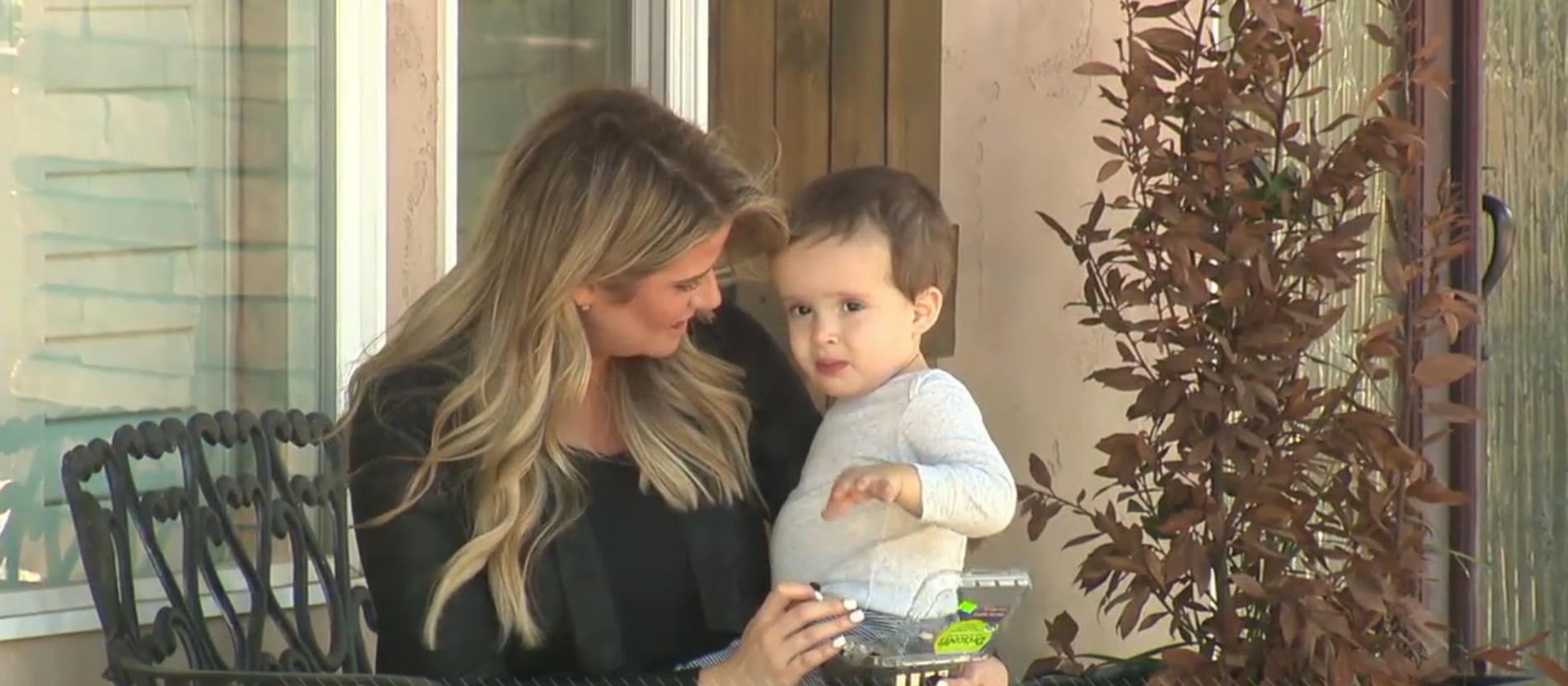
Lexi Royer said her intuition told her the surgery was the best option.
"I could give him the best chance, so I knew it was the right thing but it was hard. I just prayed and prayed."
More and more hospitals are now doing this type of procedure, including Cleveland Clinic's Fetal Care Center in Cleveland, Ohio.
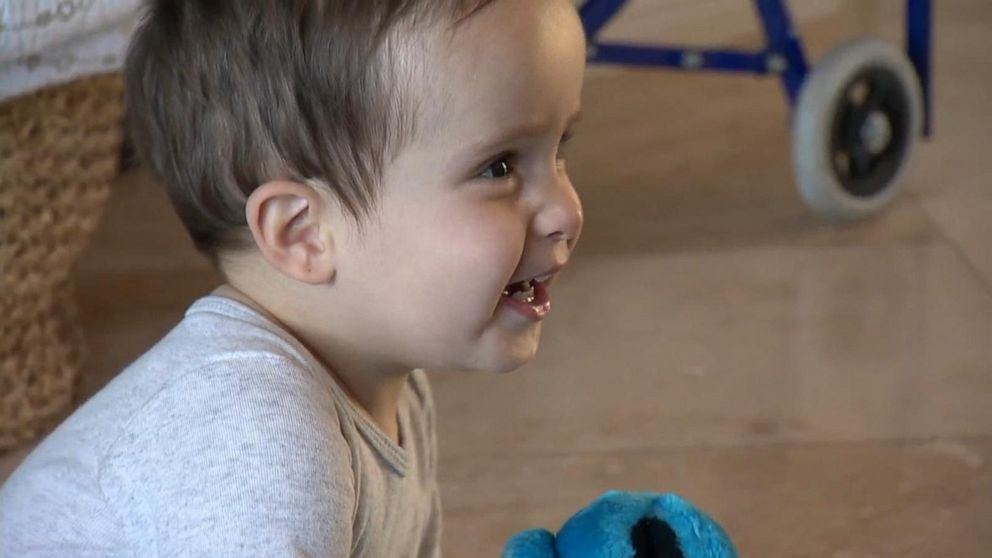
"We're getting better at the surgical repair and people are working on trying to understand, 'Can we regrow nerves? Can we recapitulate some of the spinal cord structure and function?'" said Dr. Darrell Cass, director of fetal surgery at the clinic.
Nearly two years after the operation, Charley is doing better than his parents could've ever imagined.
"They're very confident that he'll walk at this point," Joshuwa Royer told "GMA."
"It's just so much joy and so much thanks," Lexi Royer said. "He's so happy. When he walks he says, 'Woah!' [It's] almost like he can't believe he's doing it himself."
